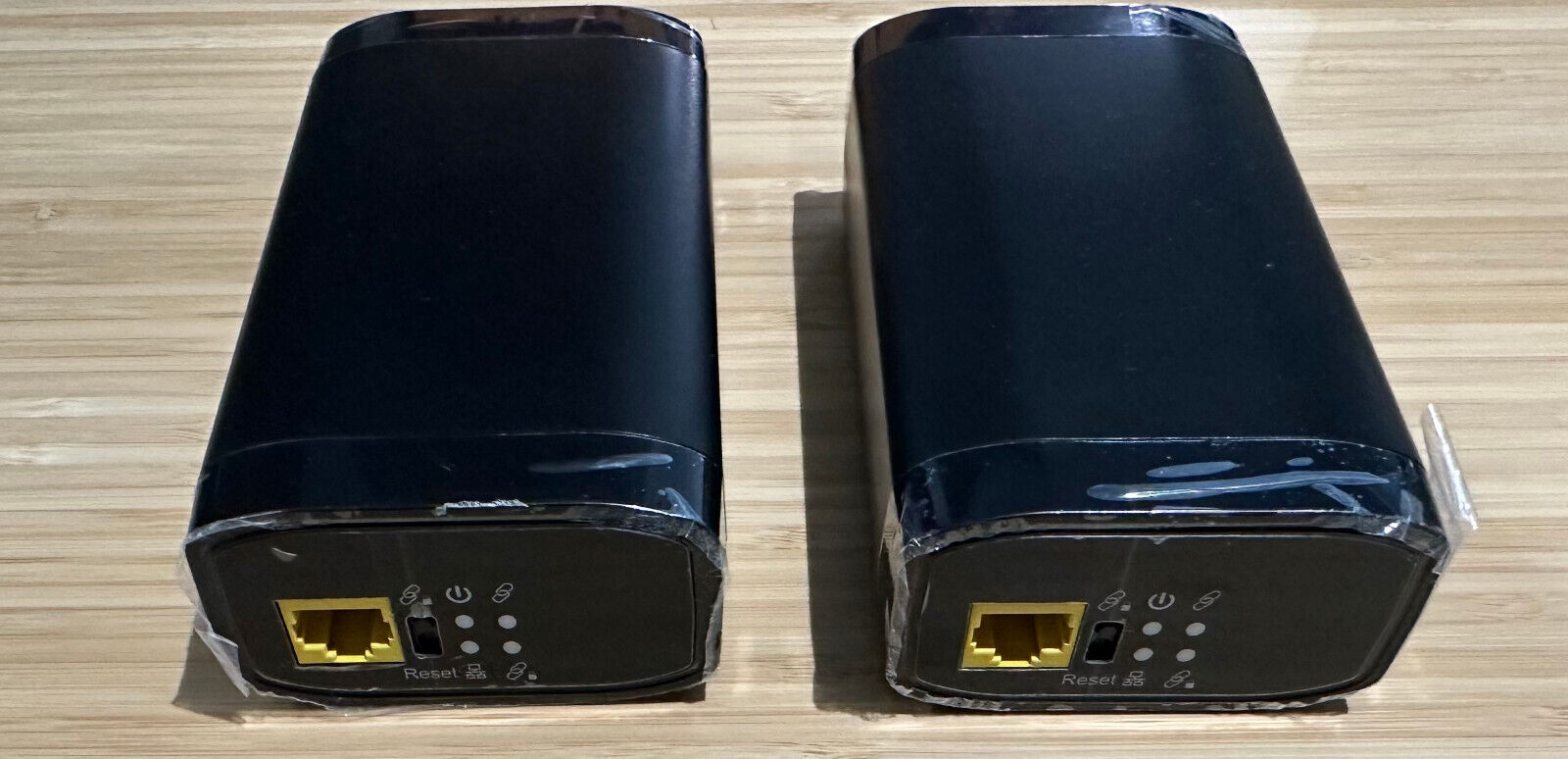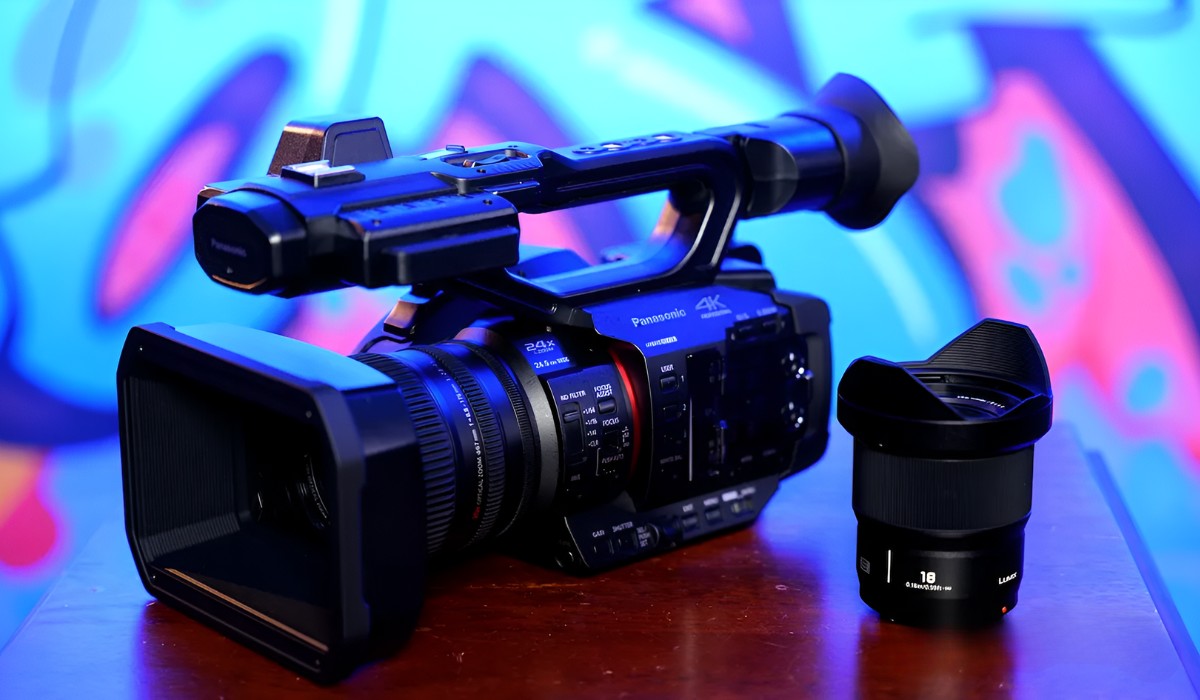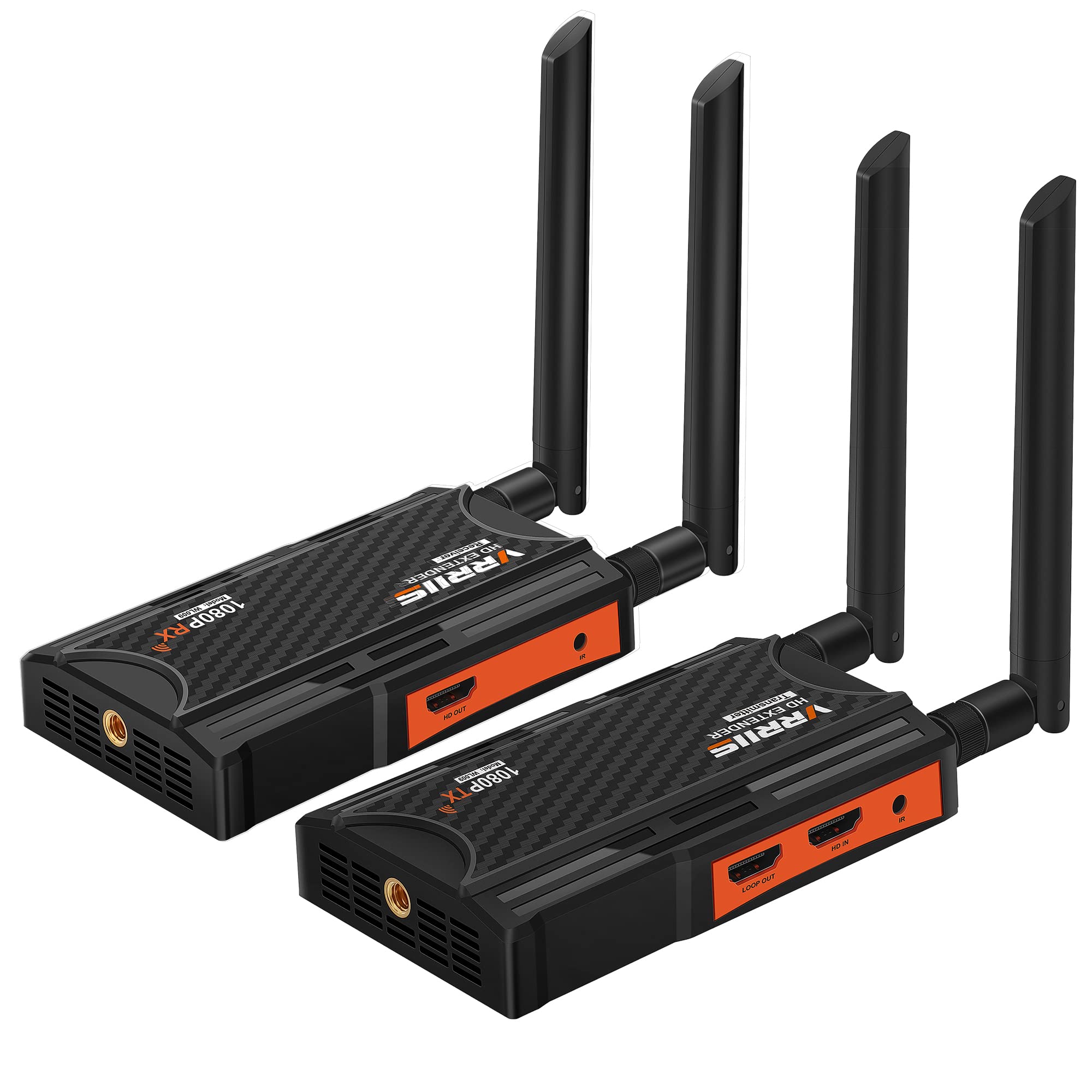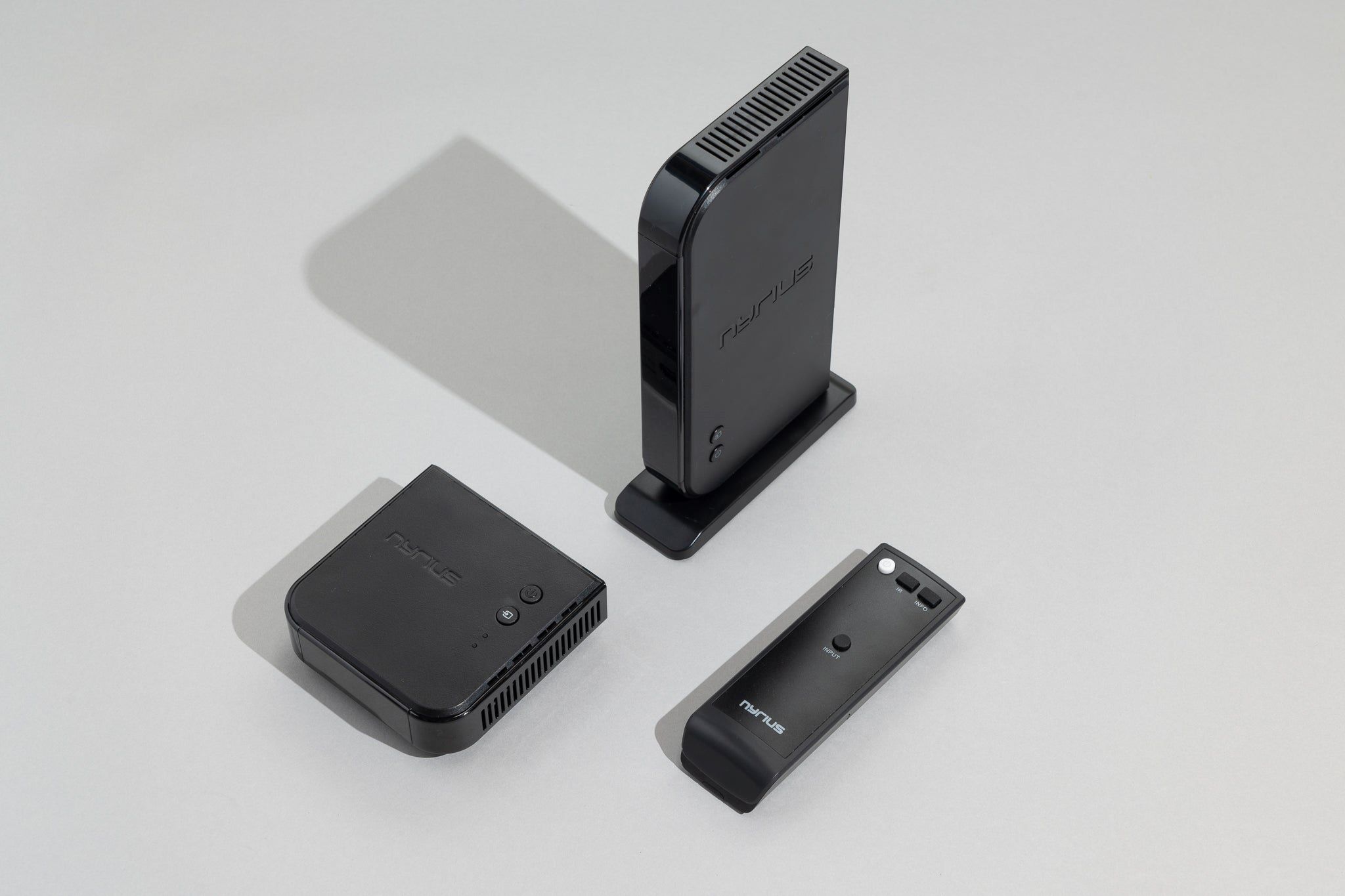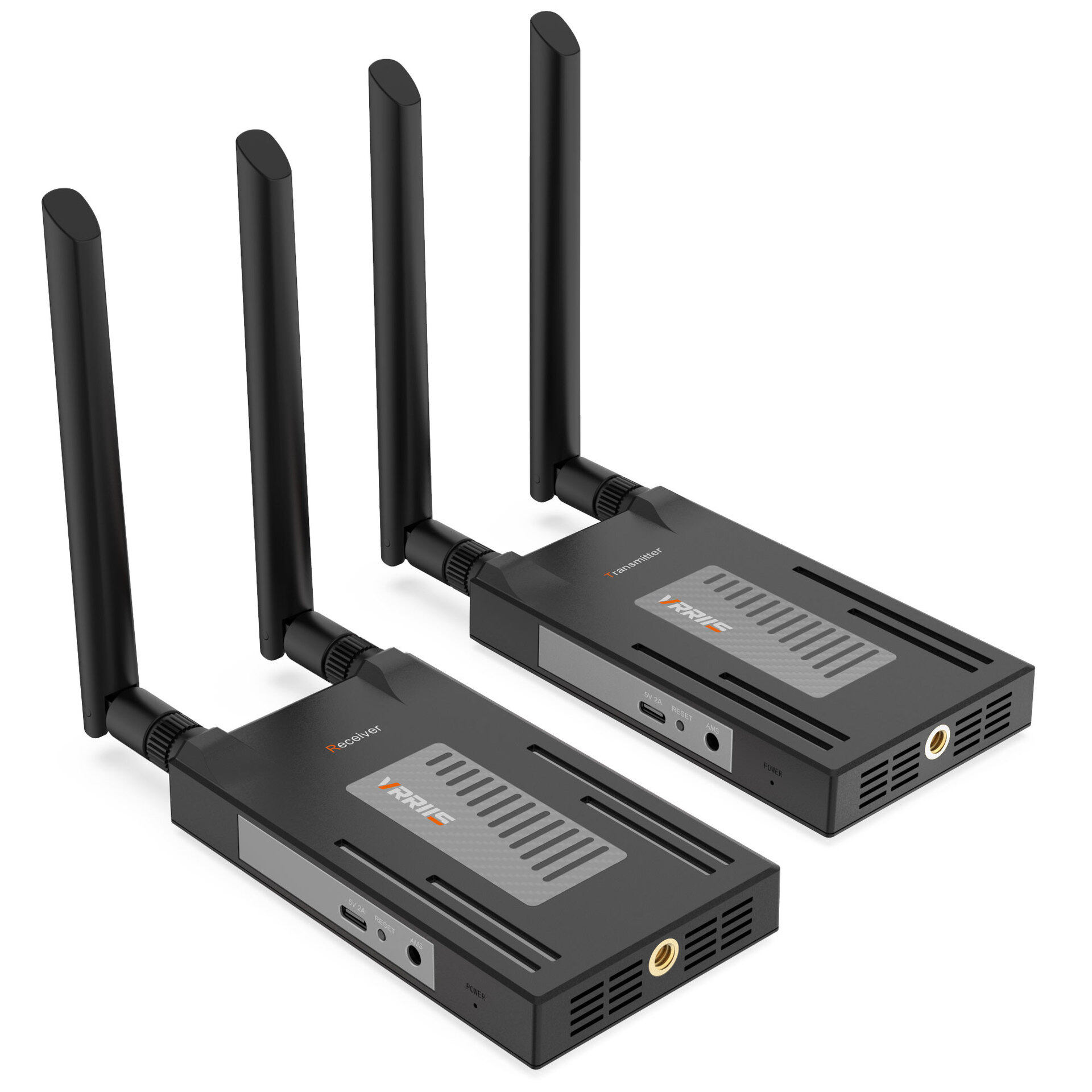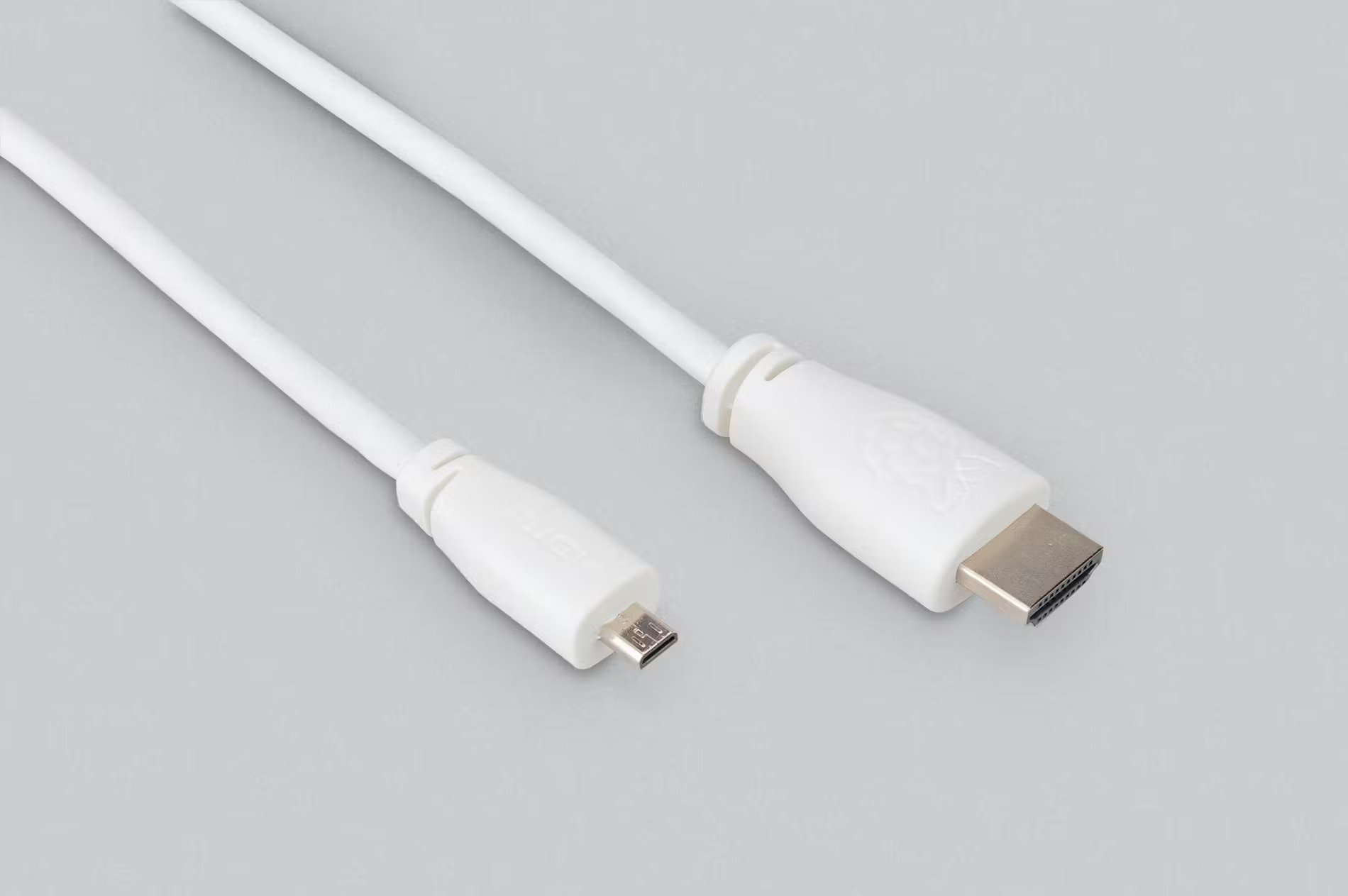Introduction
Understanding the Importance of Signal Splitting in Camcorders
When it comes to capturing and sharing important events, such as church services, conferences, or special occasions, camcorders play a crucial role in ensuring that the moments are preserved for posterity. However, in the digital age, the demand for live streaming and large screen displays has become increasingly prevalent. This presents a challenge for those looking to share the content both online and in physical spaces, such as churches.
In such scenarios, the need to split the signal from a camcorder arises, allowing for simultaneous online streaming and big screen display. This process involves dividing the video signal into two separate streams, each serving a distinct purpose. One stream is directed towards an online streaming platform, enabling viewers from around the world to tune in, while the other stream is routed to a projector or display screen within the church, catering to the congregation or audience present in the physical space.
This dual approach not only broadens the reach of the event but also ensures that the content is accessible to a diverse audience, regardless of their physical location. By leveraging signal splitting, churches and event organizers can embrace the power of technology to unite and engage their communities, both locally and globally.
Throughout this guide, we will delve into the intricacies of signal splitting for camcorders, exploring the equipment needed, the setup process, and troubleshooting common issues. By the end of this comprehensive walkthrough, you will be equipped with the knowledge and confidence to seamlessly split the signal of a camcorder, enabling a seamless and immersive experience for both online viewers and in-person attendees.
Understanding the Need for Splitting the Signal
As churches and organizations strive to adapt to the evolving landscape of communication and media consumption, the demand for versatile and inclusive content delivery mechanisms has surged. In the context of church services, conferences, and events, the ability to simultaneously broadcast or project the proceedings online and on a large screen within the physical space is paramount. This is where the need for splitting the signal from a camcorder becomes evident.
By splitting the signal, churches can bridge the gap between physical and virtual attendees, fostering a sense of community and inclusivity. Online streaming allows individuals who are unable to attend in person to participate in the service or event, transcending geographical barriers. Meanwhile, projecting the content onto a large screen within the church enables congregants to engage with the proceedings in a visually impactful manner, enhancing their overall experience.
Moreover, the act of splitting the signal facilitates outreach and evangelism efforts. By leveraging online platforms, churches can extend their reach and share their message with a global audience, potentially reaching individuals who may not have encountered their ministry otherwise. This amplifies the impact of the content being shared and aligns with the mission of many churches to spread their message far and wide.
Additionally, the ability to split the signal of a camcorder caters to the diverse preferences of modern audiences. While some individuals may prefer to engage with content in a physical, communal setting, others may find convenience and connection through online platforms. By accommodating both preferences, churches and event organizers can ensure that their message resonates with a broad spectrum of individuals, fostering a sense of unity and accessibility.
Ultimately, the need for signal splitting in the context of camcorders transcends mere technical functionality; it embodies a commitment to inclusivity, outreach, and adaptability. By embracing this capability, churches can enrich the experiences of their congregants, extend their influence beyond physical boundaries, and embrace the digital age while remaining rooted in their core values.
Choosing the Right Equipment
When embarking on the journey of splitting the signal of a camcorder for online streaming and big screen display in a church setting, selecting the appropriate equipment is pivotal to ensuring a seamless and high-quality experience for both online viewers and in-person attendees.
1. Camcorder: The foundation of the setup lies in choosing a camcorder that offers the necessary output options for signal splitting. Look for a camcorder equipped with HDMI or SDI output ports, as these are commonly used for transmitting high-definition video signals. Additionally, consider the camcorder’s compatibility with external recording devices or switchers, which may be integral to the signal splitting process.
2. Signal Splitter: A reliable signal splitter is essential for dividing the video signal from the camcorder into distinct streams. Opt for a high-quality HDMI or SDI splitter, depending on the type of signal output by the camcorder. Ensure that the splitter supports the desired output resolutions and formats, and consider factors such as signal degradation and latency to maintain the integrity of the video streams.
3. Capture Card or Video Switcher: For online streaming, a capture card or video switcher is often required to facilitate the transfer of the video signal to a computer for encoding and broadcasting. Select a capture card that aligns with the output specifications of the camcorder and supports seamless integration with popular streaming software. Alternatively, a video switcher can serve as a central hub for managing multiple video sources and directing the feed to the online streaming platform.
4. Projector or Display Screen: In the physical space, the choice of a projector or display screen significantly impacts the visual presentation of the content. Consider factors such as brightness, resolution, and connectivity options when selecting a projector or display screen to ensure optimal visibility and impact for the congregants.
5. Cables and Adapters: To establish the necessary connections between the camcorder, signal splitter, capture card or video switcher, and display devices, a selection of high-quality cables and adapters is essential. Ensure that the cables support the required signal formats and lengths, and consider factors such as durability and signal integrity.
By carefully evaluating and selecting the appropriate equipment for signal splitting, churches can lay a robust foundation for delivering captivating and immersive experiences, both online and within the physical church environment.
Setting Up the Signal Splitting System
Once the necessary equipment has been procured, the process of setting up the signal splitting system for a camcorder entails a series of methodical steps to ensure a seamless and synchronized experience for online viewers and in-person attendees within the church.
1. Camcorder Configuration: Begin by configuring the camcorder to output the video signal through the designated HDMI or SDI port, depending on the chosen equipment. Adjust the resolution and frame rate settings to align with the requirements of the signal splitter and capture card or video switcher.
2. Signal Splitter Installation: Connect the output port of the camcorder to the input port of the signal splitter using a compatible cable. Ensure that the splitter is powered and operational, and verify that the output ports are capable of delivering the desired video signal to the subsequent devices.
3. Routing the Streams: From the signal splitter, route one stream to the capture card or video switcher, which will facilitate the encoding and broadcasting of the video signal for online streaming. Simultaneously, direct the other stream to the input port of the projector or display screen within the church, ensuring that the visual content is projected or displayed effectively.
4. Integration with Streaming Software: If utilizing a capture card for online streaming, integrate it with the preferred streaming software on the designated computer. Configure the software settings to recognize the incoming video signal and establish the necessary streaming parameters, such as resolution, bitrate, and streaming platform credentials.
5. Testing and Calibration: Before the actual event or service, conduct comprehensive testing of the entire signal splitting system. Verify that the video signal is being successfully transmitted to both the online streaming platform and the projector/display screen without any degradation or synchronization issues. Calibrate the visual output to ensure optimal quality and visibility in the church environment.
6. Redundancy and Contingency Planning: Consider implementing redundancy measures, such as backup power sources and alternative signal paths, to mitigate the impact of potential technical issues during the event. Prepare contingency plans and designate personnel to address any unforeseen challenges that may arise during the signal splitting process.
By meticulously setting up the signal splitting system, churches can seamlessly bridge the gap between online and in-person audiences, creating a cohesive and immersive experience that transcends physical and digital boundaries.
Troubleshooting Common Issues
While the process of splitting the signal of a camcorder for online streaming and big screen display offers immense potential, it may also present challenges that require adept troubleshooting to ensure a flawless experience for both virtual and in-person audiences. Here are some common issues that may arise and the corresponding troubleshooting steps:
1. Signal Degradation: If the quality of the video signal diminishes after splitting, verify the integrity of the cables and connectors. Utilize high-quality, shielded cables and ensure secure connections between the camcorder, signal splitter, and subsequent devices. Additionally, consider using signal amplifiers or repeaters to bolster the signal strength over longer cable runs.
2. Synchronization Delays: In cases where the video and audio streams exhibit noticeable delays or synchronization issues, assess the settings of the capture card or video switcher responsible for online streaming. Adjust the audio and video synchronization settings within the streaming software to align the timing of the streams, effectively minimizing any perceptible delays.
3. Compatibility Challenges: If the signal splitter, capture card, or streaming software exhibit compatibility issues with the camcorder’s output, ensure that all components are compliant with the same video formats and resolutions. Consider firmware updates or driver installations to address compatibility discrepancies and ensure seamless interoperability.
4. Display Resolution Mismatch: When projecting the video stream onto a large screen within the church, discrepancies in resolution and aspect ratio may lead to suboptimal visual output. Adjust the display settings on the projector or display screen to match the resolution of the video signal, ensuring a crisp and accurately proportioned display.
5. Internet Bandwidth Constraints: For online streaming, inadequate internet bandwidth may result in buffering or reduced video quality for remote viewers. Conduct a thorough assessment of the available internet bandwidth and consider implementing network prioritization or utilizing dedicated streaming solutions to alleviate bandwidth constraints.
6. Audio Routing Challenges: In scenarios where the audio signal from the camcorder requires separate routing, ensure that the capture card or video switcher supports the simultaneous transmission of audio alongside the video stream. Configure the audio settings within the streaming software to accommodate the audio feed and synchronize it with the video content.
By proactively addressing these common issues and implementing targeted troubleshooting measures, churches can uphold the integrity and impact of their signal splitting endeavors, fostering a seamless and engaging experience for all viewers, whether online or within the physical church environment.
Conclusion
As technology continues to reshape the landscape of communication and community engagement, the ability to split the signal of a camcorder for online streaming and big screen display in a church setting has emerged as a transformative capability. By embracing this practice, churches can transcend physical boundaries, extend their reach, and offer inclusive experiences that resonate with both local congregants and virtual participants.
Through the strategic selection of equipment, meticulous setup processes, and adept troubleshooting, churches can harness the power of signal splitting to deliver captivating and immersive content across diverse platforms. This multifaceted approach not only amplifies the impact of the shared message but also fosters a sense of unity and accessibility within the community.
Furthermore, the utilization of signal splitting embodies a commitment to adaptability and innovation, enabling churches to navigate the evolving landscape of media consumption while remaining steadfast in their mission and values. By seamlessly integrating online streaming and large screen displays, churches can enrich the experiences of their congregants, extend their influence, and embrace the digital age without compromising the essence of communal worship and engagement.
As churches continue to explore innovative ways to connect with their communities and share their message with the world, the practice of splitting the signal of a camcorder stands as a testament to the enduring spirit of inclusivity, outreach, and technological advancement. By embracing this capability, churches can bridge the gap between physical and digital realms, fostering a harmonious and impactful convergence of virtual and in-person experiences.
Ultimately, the act of splitting the signal of a camcorder transcends technical functionality; it embodies a commitment to unity, accessibility, and the seamless integration of technology into the fabric of communal worship and outreach. By embracing this capability, churches can embark on a journey of connectivity and engagement that transcends physical boundaries, resonating with individuals near and far, and uniting diverse audiences under a shared experience of faith and community.









